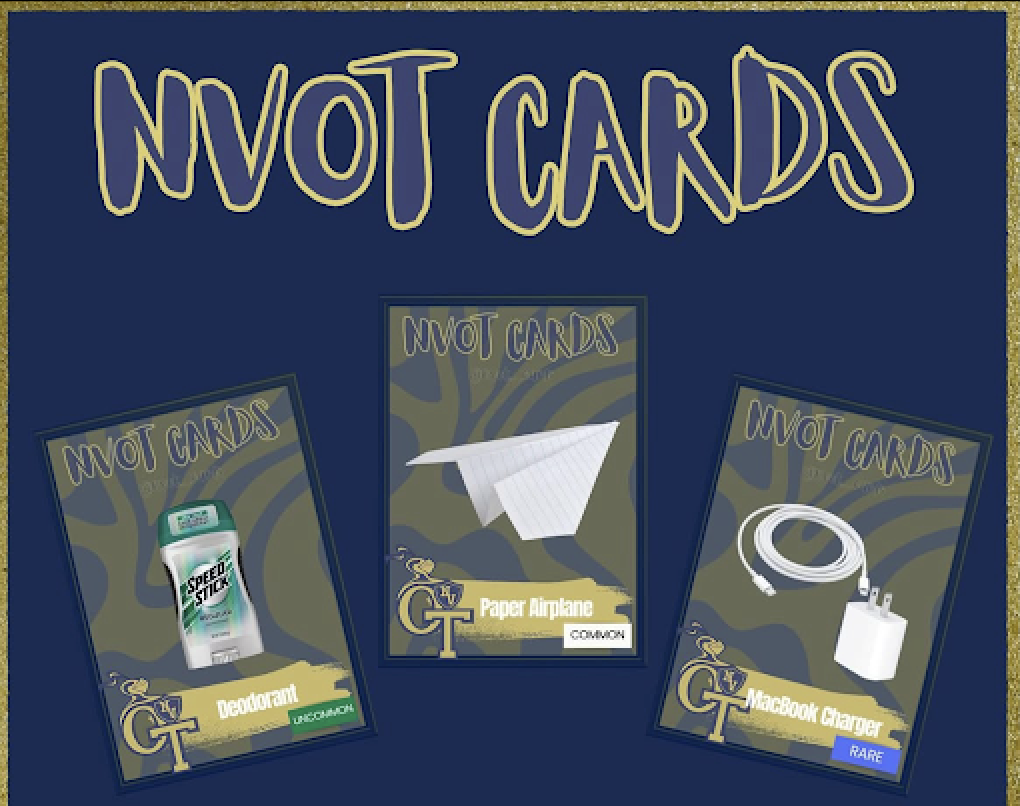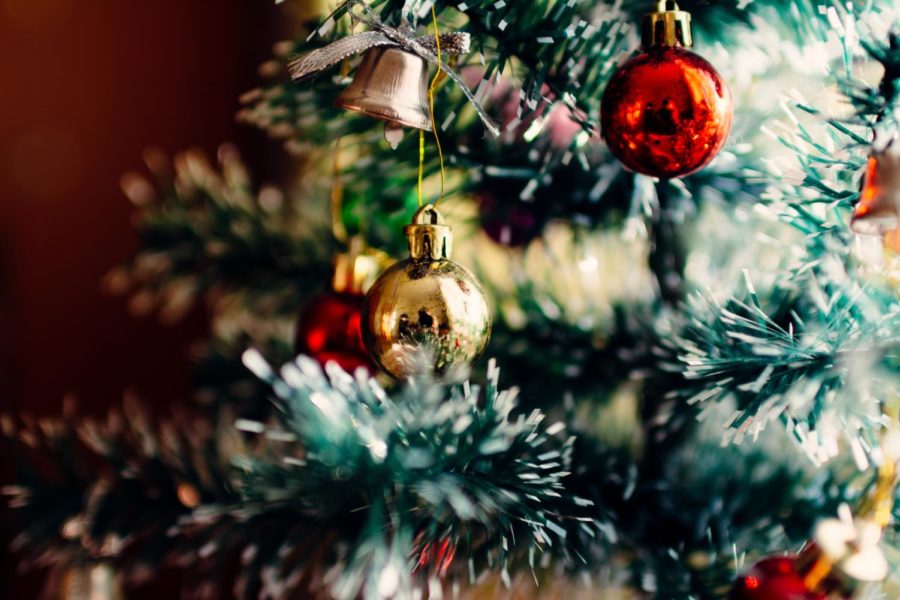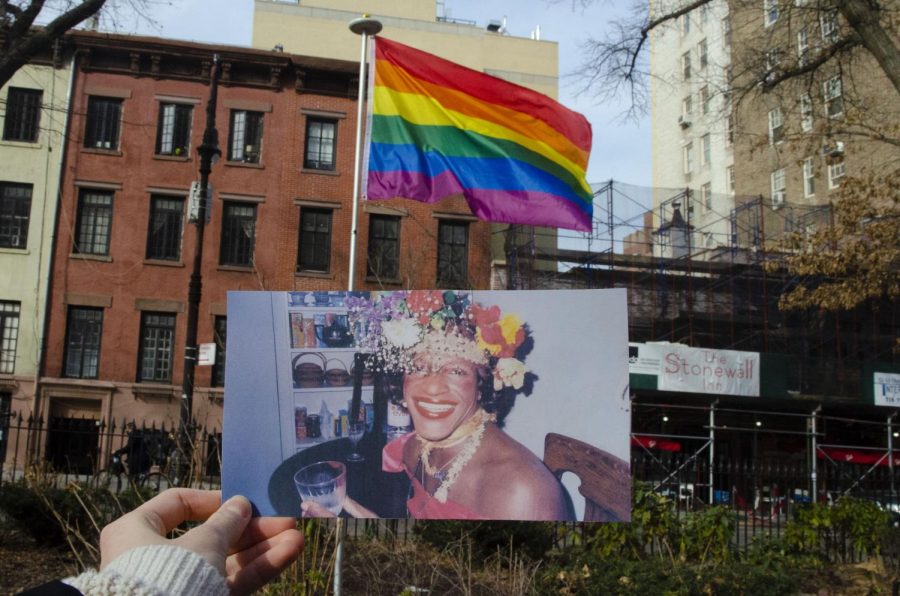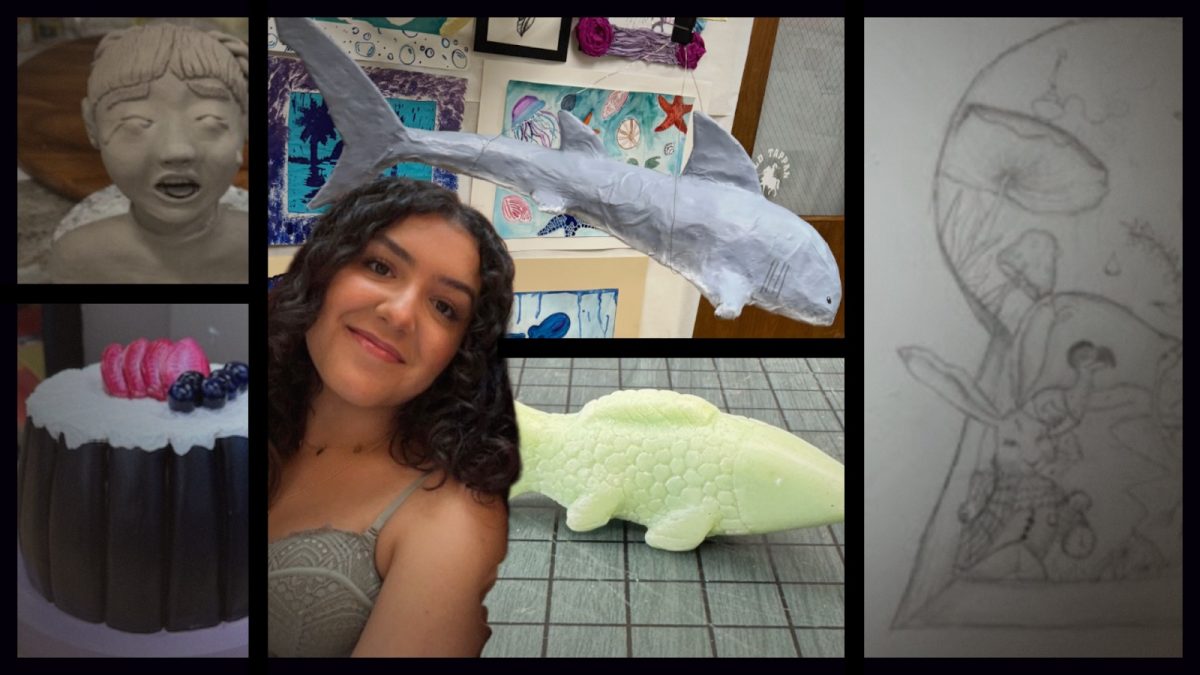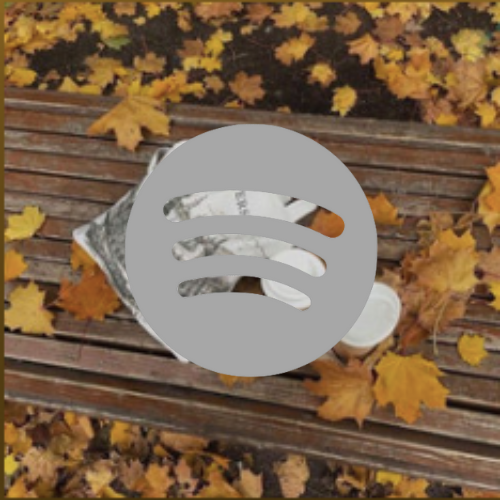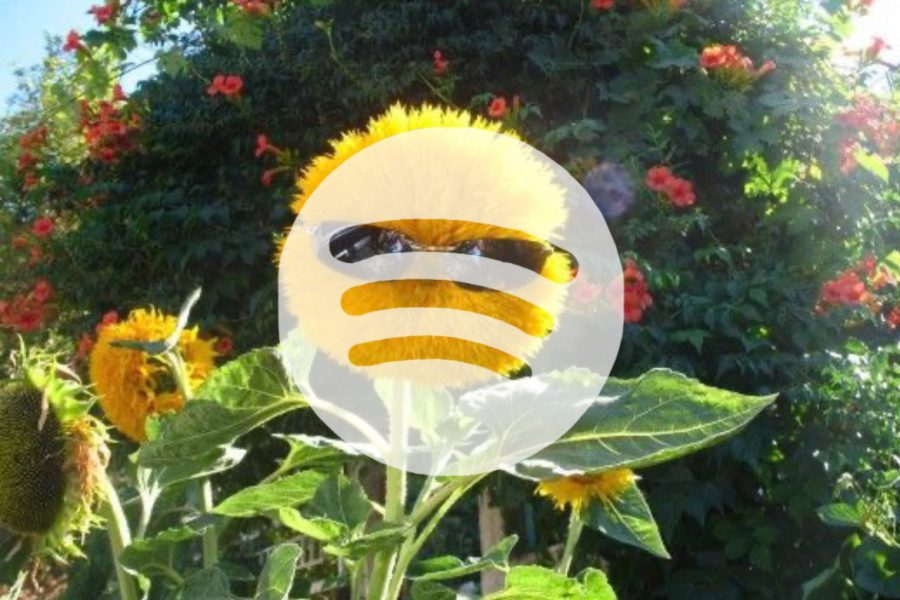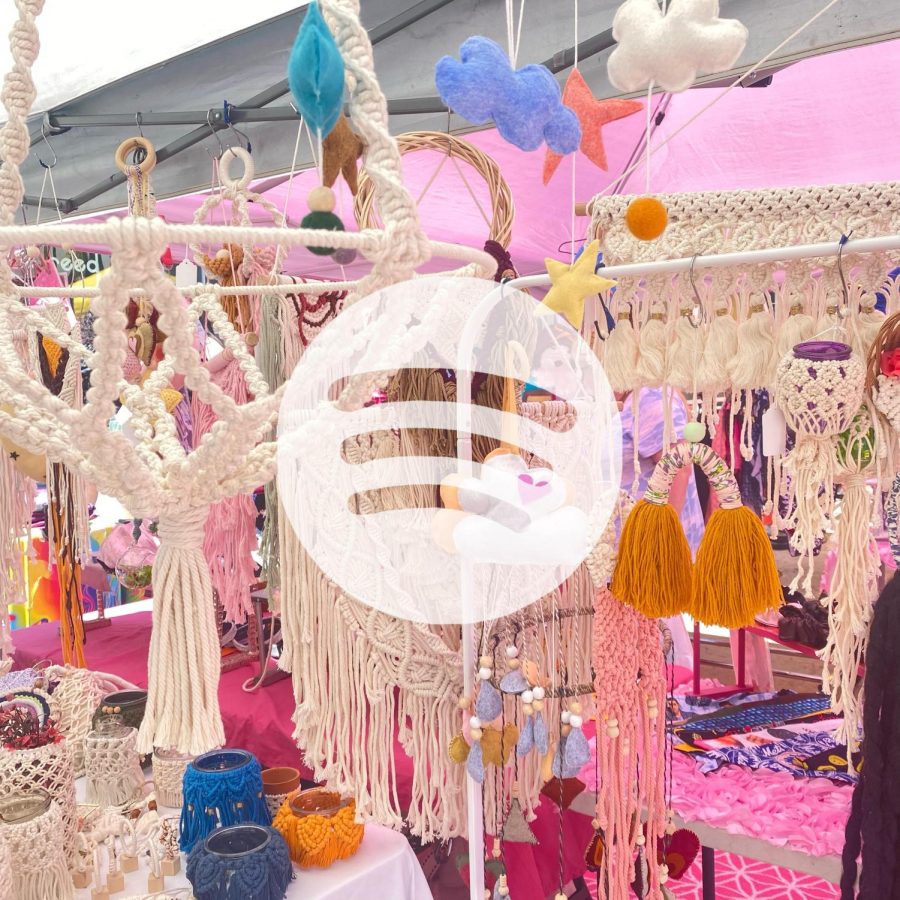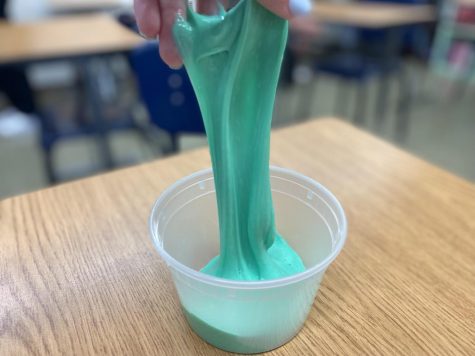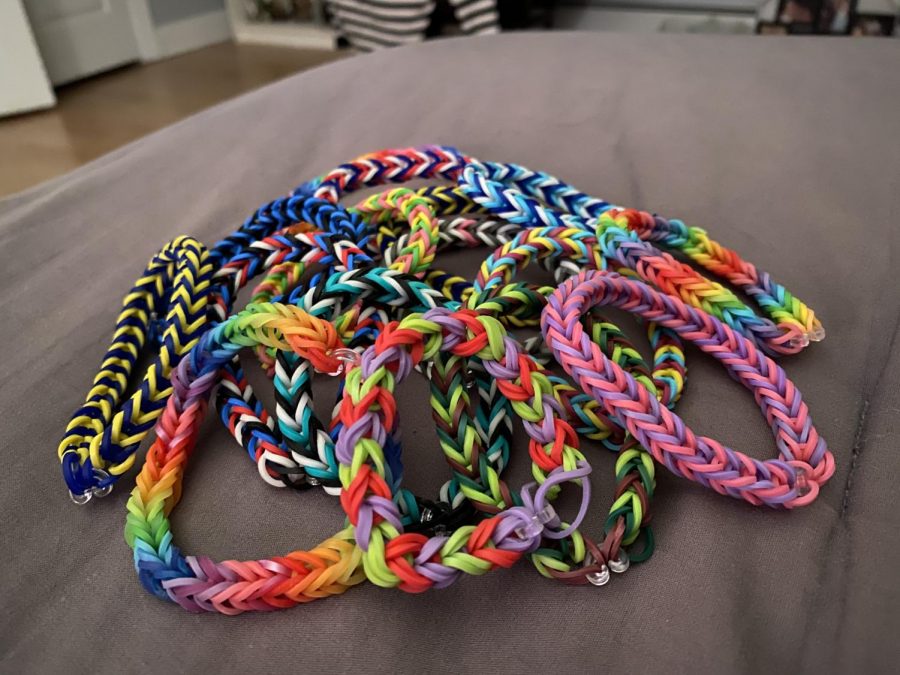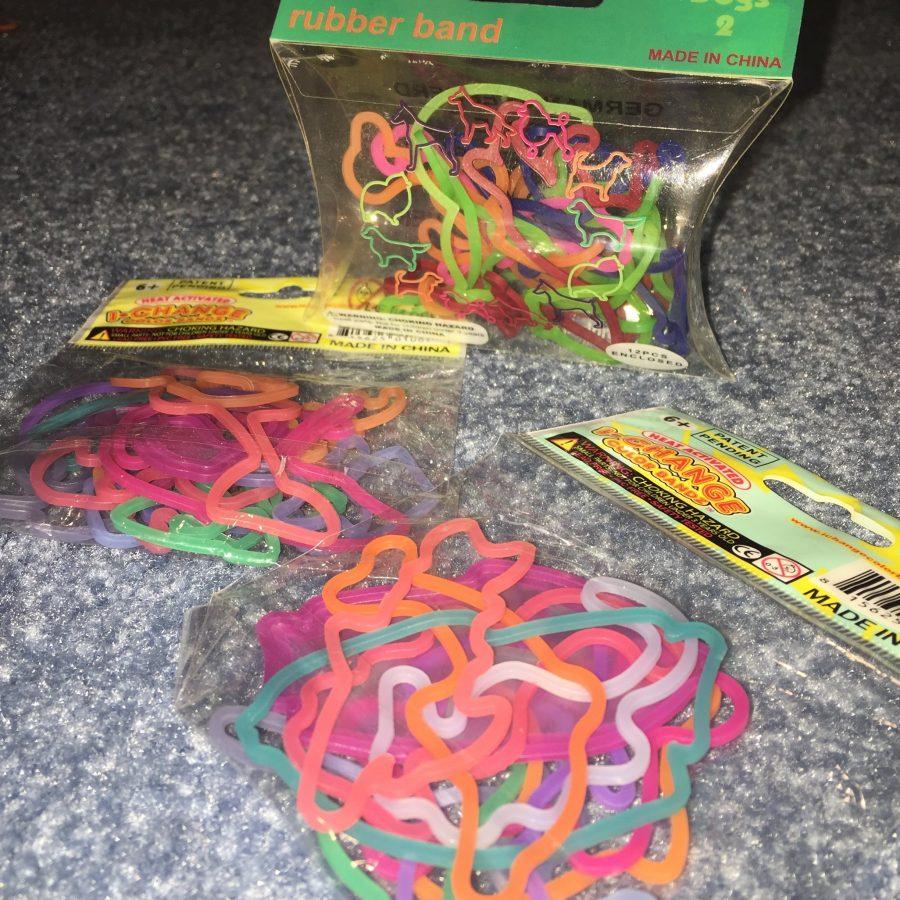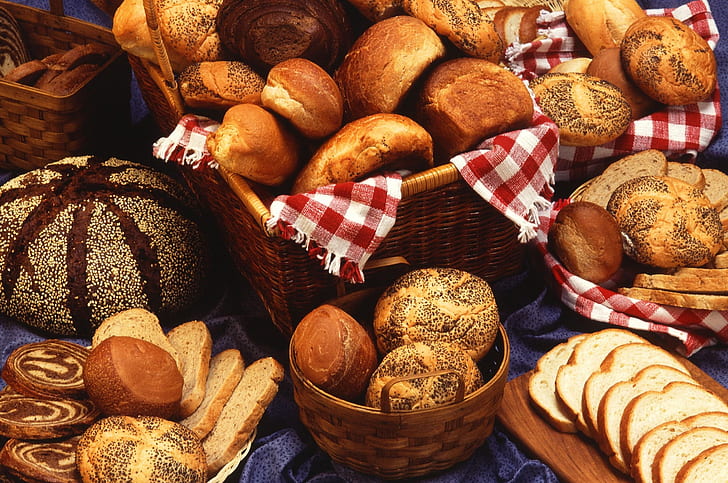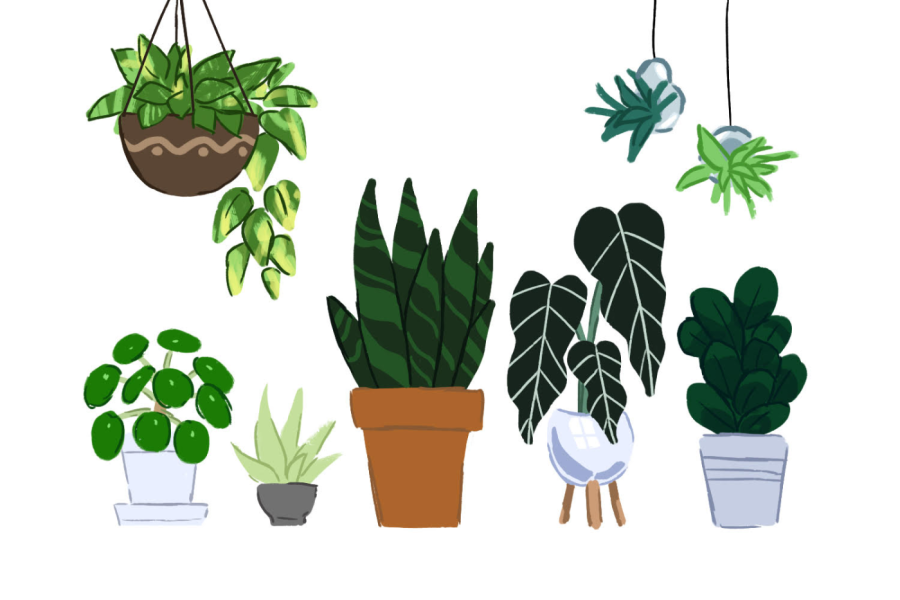The Best and Worst Plants to Buy This Spring
Spring, the season of gardening, is here. To get into the spring mood, people usually buy plants, quickly purchasing the prettiest thing they see in the floral sections at ShopRite or Home Depot. Unfortunately, many die within a few days and your bright and eager spring mood begins to dim. So to help maintain this spring gardening fever and save the future plants you’ll buy, I made this guide of easy and hard plants to care for—especially if you’re a beginner!
The Best Plants to Buy
Golden Pothos
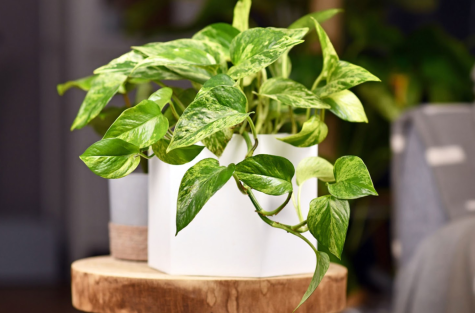
Otherwise known as the Devil’s Ivy, the Golden Pothos plant is hard to kill—especially since it’s invasive in some parts of the world. This plant needs bright indirect light to survive but honestly, my mom left this plant in a dim corner for almost a year and it’s thriving to this day. This plant is also incredibly easy to propagate (you just clip it at the node and put it in water) and grows incredibly fast if you let it. Also, the more sunlight it gets the more golden streaks it gets.
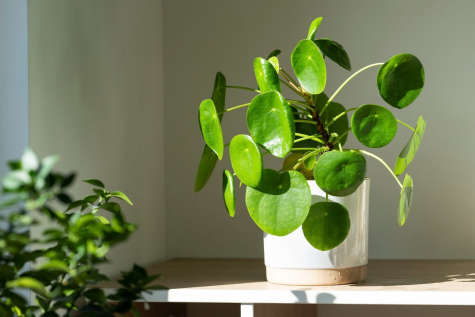
Pilea Peperomioides
The Pilea Peperomioides is honestly my favorite—nicknamed the Chinese money plant for its round coin-shaped leaves. All it needs is loose soil, water every other week, clean leaves, and sunlight. But no—it won’t produce money. On the bright side, you can make money selling it to family and friends. This plant doesn’t have flowers or seeds, but it has ‘pups,’ duplicates of itself that spring from the soil. They can easily be cut and propagated and, in the right conditions, they grow at an alarming rate.
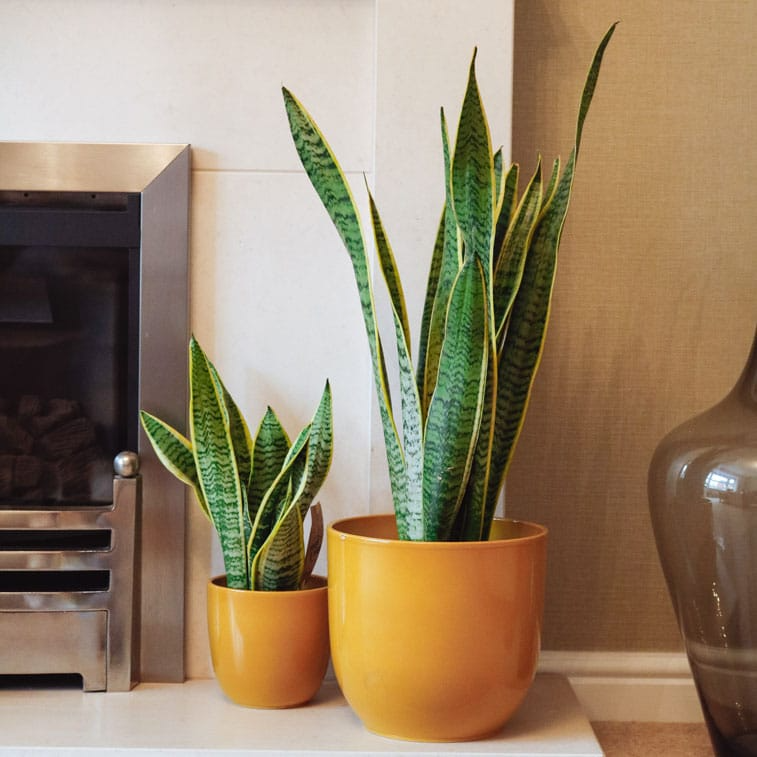
Snake Plant
You’ve probably seen this plant everywhere. At malls, stores, shops, and basically anywhere that sells or displays plants. And there’s a good reason too—snake plants are really tough and known as the easiest plants for beginners, only needing to be watered every few weeks and despite their need for direct sunlight, can survive in dimly lit houses and rooms. Not only that, but it removes toxins from the air like formaldehyde, xylene, and nitrogen oxides, both day and night. It’s your own personal air cleaner.
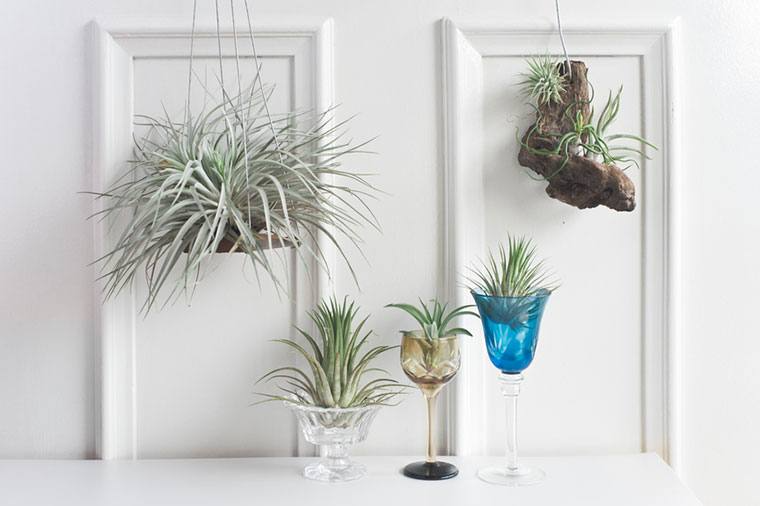
Air Plant
Air plants are probably the easiest out of all the previous plants. Air plants are small, don’t need soil, absorb water and nutrients through their scaly leaves, and don’t need much attention from the sun. Watering them is also fun: you just have to dunk them in water or spritz them with a mister. They look great as decoration with their otherworldly appearance—just look up pictures of Tillandsia bulbosa and Tillandsia caput-medusae—and a wide variety of species and will thrive in little terrariums. My personal favorites are the Tillandsia maxima and Tillandsia cyanea.
The Absolute Worst Plants to Buy
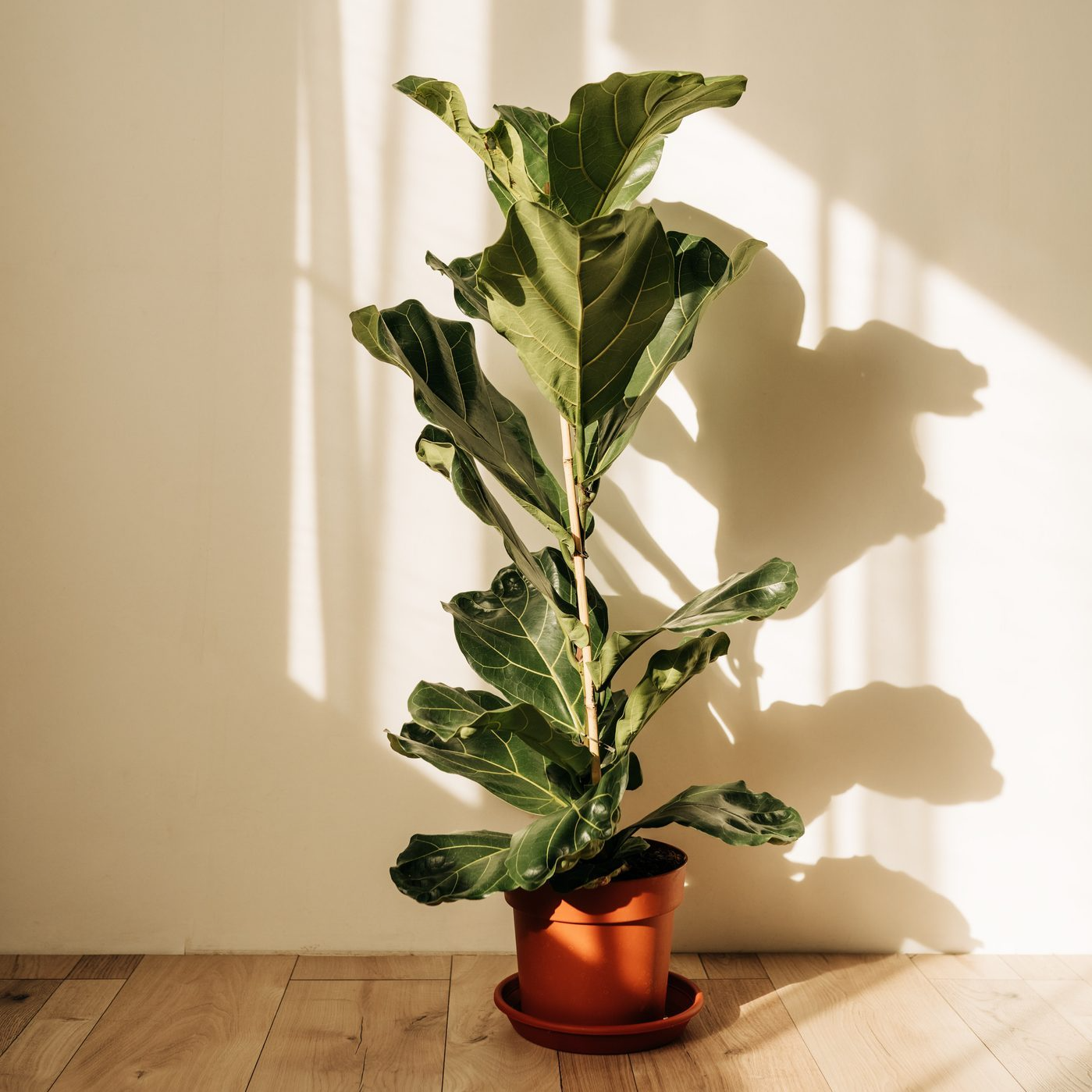
Fiddle-leaf fig
If you’ve been to Home Goods, you’ve definitely seen this plant—only it’s made of cheap plastic. Why? Because the real plant is so sensitive it’s hard to believe it can even survive in the wild. These plants can’t be put into a pot that’s too big, they like the sun but can’t be put into direct sunlight or low-light areas, you have to clean the leaves frequently because even the smallest amount of dust interferes with their growth, you must only water them when the top inch of soil is dry but the rest is moist, and these plants cannot survive in a room below 50ºF or with drafts and open windows. If you think moving it to another place in your house would help it grow, you’re wrong. These plants will suffer from the slightest changes in their environment. With the amount of effort that goes into this expensive plant, it might just be easier to get a fake version of it.
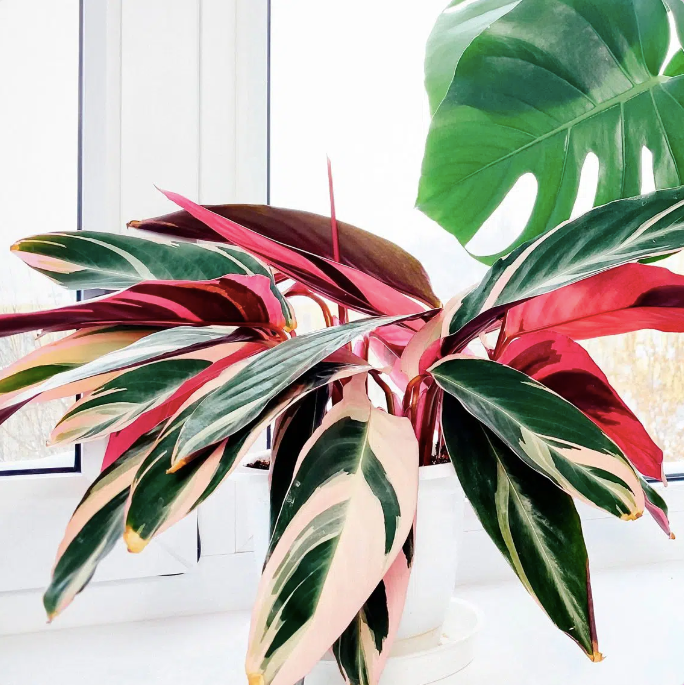
Triostar Stromanthe
This plant looks gorgeous and with its multicolored green and pink leaves, it just screams spring. But be warned— although many plant parents claim it’s fairly easy to grow— this plant has extremely specific needs. If you want to preserve its pretty colors, you have to place it in bright yet indirect sunlight and they need to be in rooms between 65-80ºF. Not only that, it’s highly recommended to keep them in humid conditions, which in New Jersey, isn’t easy when seasons constantly change. Of course, it’s not as hard as the Fiddle Leaf Fig, but honestly, do you have the time and energy to care for this plant when you have homework to complete and tests to study for?
Alocasia
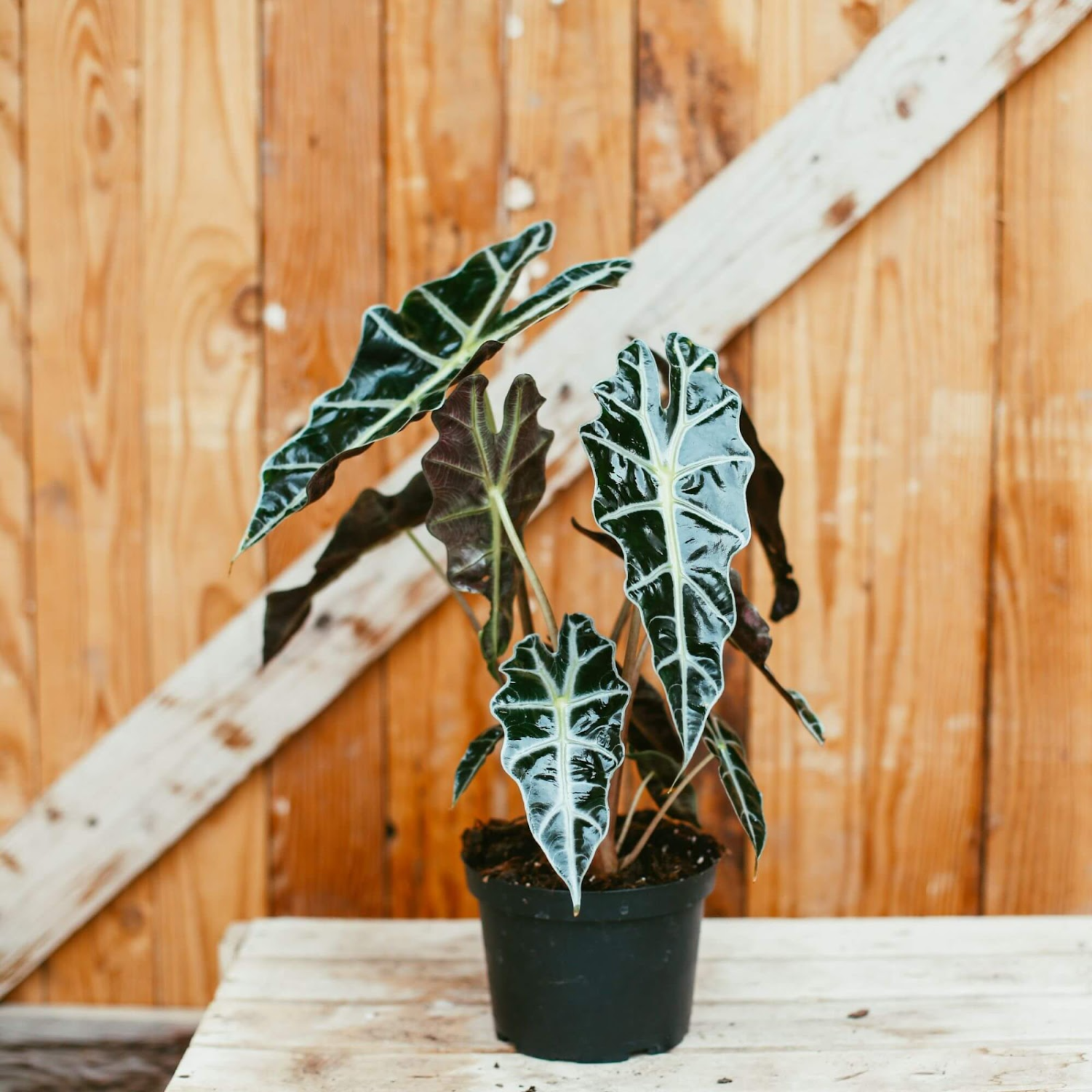
These plants look stunning with their dark leaves and pale veins, but beauty comes with a price. These plants need bright indirect light, as they can literally burn in direct sunlight, and their soil must be kept moist—but not wet. And if you forget to water it, its leaves will remind you by turning a depressing and dry brown. Like the other plants on this list, this plant craves humidity and despises temperature changes and cold drafts. Not only that, but this plant is toxic to people and pets, so maybe think twice before buying it!
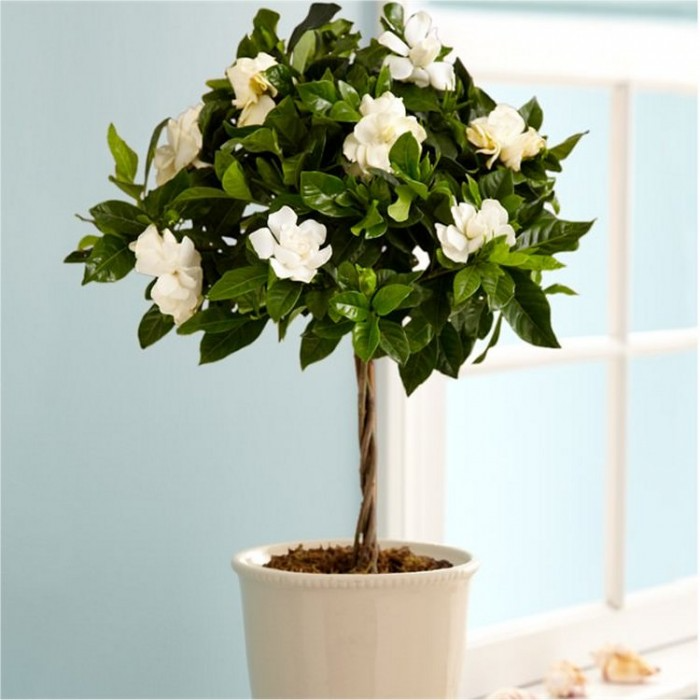
Gardenia
Who doesn’t want a plant that gives off a sweet scent? The Gardenia flowers are said to smell like a combination of coconut and peaches—perfect for spring—but their care is tricky. These flowering plants need a lot of sunlight (but can’t handle the heat of the afternoon sun), soil that’s acidic, moist, and well-draining, at least an inch of water weekly, and need humidity and temperatures above 60ºF. If you’re this determined to get a flowering plant that smells nice, maybe just buy some air fresheners and perfume.
Hopefully, this list saved you from buying unnecessarily sensitive plants and salvaged your spring gardening spirit! Which plant do you think you’ll buy?






